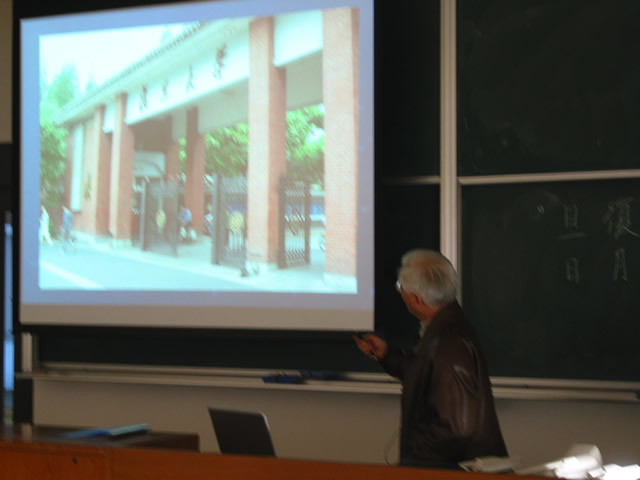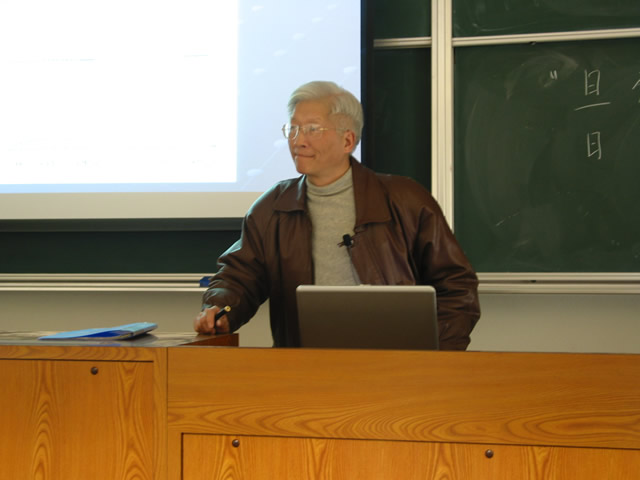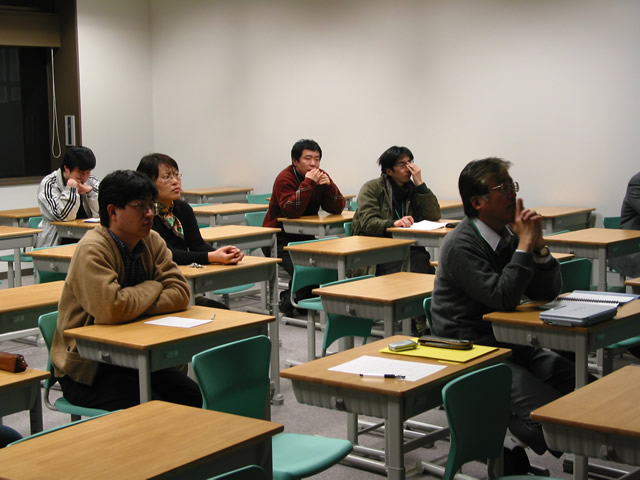

Using intrinsic signal optical imaging and electrophysiological single unit recording methods neurons in cortical area 21a in the catfs visual pathway, which is corresponding to V4 in the monkey, were found to be organized in a columnar manner according to similarity of their orientation preference like neurons in areas 17 and 18. This functional architecture provided a neural basis of psychological goblique effecth, which is a phenomenon showing that visual ability in horizontal and vertical meridians is better than that in oblique meridians.
The overall feedback effect of higher-order area 21a on lower-order areas 17 and 18 was found to be excitatory and spatial frequency-dependent when tested with inactivating of area 21a by GABA or lesion by liquid nitrogen.




Two-stage learning model (supervised and unsupervised learning) is proposed according to biological experiment results in vision. A brian-like robot based on neural networks is constructed to confirm the two-stage learning model. In the unsupervised stage a sensory mapping is used for features extraction. The receiptive field can form in the first stage. In the second stage the cognitive mapping can develop the knowledge by supervised learning. The beginning results show that the idea is efficient.




The human norepinephrine (NE) transporter gene is one of the candidate gene that may be involved in the pathogenesis of
psychiatric disorders such as depression.
In the present study, we investigate the effects of antidepressants, milnacipran (SNRI) or paroxetine (SSRI), on NE transporter
functions in cultured bovine adrenal medullary cells used as a model system of brain noradrenergic neurons.
We further examined the clinical effects of milnacipran and paroxetine on plasma 3-methoxy-4-hydroxyphenylglycol (MHPG),
a major metabolite of brain NE in humans.
(1) In the clinical study, we examined the relationship among the plasma level of MHPG and the clinical responses
before and after administration of milnacipran.
Responders to milnacipran showed lower pretreatment level of plasma MHPG than those of nonresponders to the drug.
There was a positive correlation between the change in plasma MHPG level and the percent improvement of score on the 17-item Hamilton
Rating Scale for Depression (HRDS).
(2) In cultured bovine adrenal medullary cells, acute treatment with milnacipran and paroxetine
inhibited  NE uptake and
NE uptake and  desipramine binding
in a competitive manner.
Prolonged treatment of cells with milnacipran selectively up-regulated NE transporter without any change in NE transporter mRNA.
The present in vitro and human studies suggest that the modulation of NE transporter function by antidepressants play an important role in the treatment of depressive disorders.
desipramine binding
in a competitive manner.
Prolonged treatment of cells with milnacipran selectively up-regulated NE transporter without any change in NE transporter mRNA.
The present in vitro and human studies suggest that the modulation of NE transporter function by antidepressants play an important role in the treatment of depressive disorders.
[ú{ê]
| [UP] - [2002] - [2003] - [2004] - [2005] - [2006] |
Neuroscience Seminar Series in Hibikino © 2002-2005 by Katsumi Tateno Last Update: February 14, 2005 |